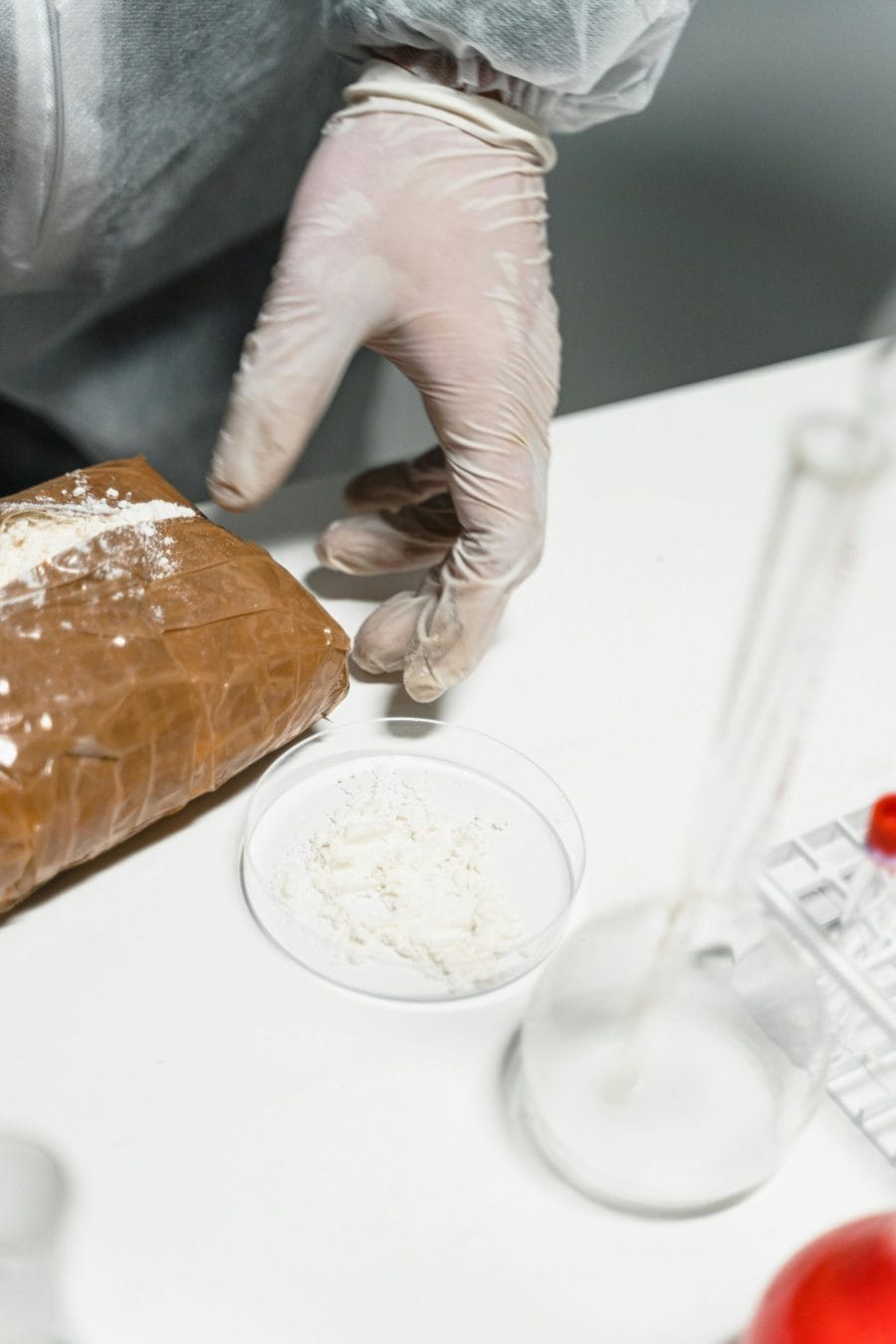Is Cocaine a Stimulant or Depressant
In the world of drugs and substances, confusion often arises around what exactly cocaine is: Is cocaine a stimulant or depressant? This question is more than just a technicality—it carries deep implications for health, addiction, and societal well-being.
In this article, we’ll break down the scientific facts, explain why the answer matters, and dive into the social consequences and the personal costs that come with misusing cocaine. Spoiler alert: cocaine is a stimulant. But there’s more to it than just labeling it as such.
We’ll explore not just what cocaine does to your body, but why understanding this is crucial for anyone navigating substance use—whether for personal health reasons, to help others, or even out of concern for larger social impacts.
In doing so, we’ll debunk myths, introduce real-world examples, and give you the deeper knowledge you need to approach this issue thoughtfully.
Stimulants vs. Depressants: The Core Difference
Before diving deep into cocaine itself, let’s briefly touch on what stimulants and depressants actually do in the body.
Stimulants are substances that increase activity in the brain, speeding up messages between the brain and body. These drugs typically lead to increased alertness, energy, and a feeling of euphoria. Examples of stimulants include caffeine, nicotine, amphetamines, and, of course, cocaine.
Depressants, on the other hand, slow down brain function. These substances make you feel relaxed or sleepy by slowing down communication between the brain and the body. Alcohol, benzodiazepines, and opioids are some well-known depressants.
While these definitions might seem straightforward, the effects drugs have on the brain are far from simple—and that’s where cocaine’s powerful impact comes into play.
Cocaine: A Potent Stimulant with Far-Reaching Impacts
Cocaine is one of the most powerful stimulants known, which is why it has such a significant effect on the brain and body. Cocaine primarily works by increasing the levels of dopamine, a neurotransmitter linked to pleasure and reward, in the brain.
Under normal circumstances, dopamine is recycled back into the cells after it has transmitted its message. Cocaine prevents this recycling, leading to a buildup of dopamine in the brain and overstimulating its receptors. This is what causes the intense feeling of euphoria, alertness, and energy users experience.
But this high comes at a cost. The brain’s reward system is thrown out of balance, which can lead to addiction. Over time, people who use cocaine may need more and more of it to feel the same effects, driving them into a vicious cycle of dependency. The short-term burst of energy and confidence is followed by a crash—exhaustion, irritability, and sometimes depression—leaving users craving more.
What Makes Cocaine So Addictive?
Many people underestimate just how addictive cocaine can be. Unlike depressants that offer relaxation, cocaine hijacks the brain’s reward system, essentially reprogramming how you experience pleasure. Imagine for a moment that your brain’s reward system is like a thermostat, designed to maintain balance and regulate emotions and pleasure.
Cocaine pushes that thermostat to its limit, heating everything up to extreme levels. The problem is, once you’ve cranked the thermostat that high, returning to normal can feel unbearable. The body starts to crave the drug just to feel “okay,” let alone to get high again.
Neuroscience explains that this craving is linked to the brain’s release of dopamine, but also to the development of tolerance. With repeated use, the brain becomes less sensitive to cocaine’s effects, meaning that higher and more frequent doses are needed to achieve the same high.
This is where addiction forms—not just from physical dependence, but from psychological compulsion. Users become obsessed with chasing that initial euphoria, even if they know the consequences.
Social and Psychological Impact: More Than Just a Drug Problem
The implications of cocaine use stretch beyond the immediate physical risks. Cocaine affects decision-making, impulse control, and relationships. It’s not just about addiction; it’s about the social fabric of a person’s life unraveling. People addicted to cocaine often experience fractured relationships, damaged careers, and financial ruin. These personal effects ripple outward, affecting families, communities, and society at large.
Societal perceptions of drug use often draw a sharp line between so-called “harmless” drugs and “hard” drugs like cocaine. But understanding cocaine’s nature as a stimulant reveals that it’s not just a drug problem—it’s a social issue, too.
Cocaine doesn’t just stimulate the brain; it can fuel risky behaviors, crime, and social instability. The ripple effects of cocaine addiction can include everything from increased crime rates to greater healthcare costs, making it an issue that society as a whole cannot ignore.
Consider this: In many high-pressure environments—whether corporate, creative, or even academic—cocaine use is sometimes glamorized as a tool for boosting productivity and creativity.
The reality, however, is much darker. While cocaine may initially seem to enhance performance, its long-term effects include impaired cognitive function, increased aggression, and emotional volatility. For individuals already under immense pressure, the crash from cocaine can be catastrophic.
Cocaine Use and the Health Risks: Beyond the High
When people talk about cocaine, they often focus on its immediate effects: energy, confidence, euphoria. But cocaine also brings severe physical health risks. In the short term, users might experience increased heart rate, high blood pressure, and constricted blood vessels, leading to a greater risk of heart attack or stroke.
Over time, chronic use can lead to serious cardiovascular issues, respiratory problems, and even sudden death. The stimulant nature of cocaine puts immense strain on the heart and other vital organs.
But it’s not just about heart attacks and strokes. Long-term cocaine use can lead to neurological problems, including seizures, headaches, and problems with movement. Mental health issues such as paranoia, anxiety, and hallucinations are also common. Cocaine use can exacerbate underlying mental health conditions, making it harder for users to break free from the drug’s grip.
Challenges to Conventional Thinking: What If Cocaine Weren’t a “Party Drug”?
We often hear cocaine referred to as a “party drug,” but this label can be misleading. It implies that cocaine use is limited to occasional recreational settings. The reality is that many people use cocaine in isolated environments, sometimes as a way to self-medicate or cope with stress, loneliness, or depression.
This raises a critical question: What if our society stopped viewing cocaine as a symbol of partying and instead recognized it as a drug that can devastate lives in private, unseen ways?
This shift in perspective is crucial because it opens the door to more compassionate, effective approaches to treatment and prevention. If we view cocaine addiction not just as a problem for partygoers but as a complex social and psychological issue, we can better address the underlying causes of use—whether that’s stress, trauma, or mental health issues—and create a more supportive environment for recovery.
Third-Party Endorsements: What Experts Say
Experts in neuroscience and addiction treatment have long highlighted the dangers of cocaine use. According to Dr. Nora Volkow, director of the National Institute on Drug Abuse (NIDA), “Cocaine’s highly addictive nature makes it one of the most dangerous substances out there. Its ability to change the brain’s reward system leads people down a path where they lose control over their own decisions.”
Similarly, many public health campaigns, including those led by the World Health Organization (WHO), emphasize that cocaine use is not just a matter of willpower. Addiction is a disease—one that requires a multi-faceted approach involving therapy, medication, and social support to overcome.
Call to Action: Why This Matters Now
Understanding that cocaine is a stimulant, and not a depressant, is more than just a piece of trivia. It’s the foundation for making informed decisions about drug use, whether for yourself or in supporting others.
Now that you have this knowledge, you can play a role in addressing the bigger issue. Whether you’re a healthcare worker, a concerned friend, or someone with personal experience of drug use, sharing what you’ve learned can have a ripple effect.
For those struggling with cocaine addiction, the message is clear: You’re not alone, and there is help available. By recognizing cocaine for what it truly is—a potent stimulant with far-reaching consequences—you take the first step toward recovery and healing.
Conclusion: The Bigger Picture
Cocaine is more than just a stimulant—it’s a drug that affects every aspect of life, from health to social dynamics to personal identity. While the immediate effects might seem attractive, the long-term consequences are devastating.
Understanding the difference between stimulants and depressants, and why cocaine falls into the former category, can help reshape how we think about drug use and addiction.
Ultimately, this article isn’t just about defining cocaine as a stimulant. It’s about recognizing the larger context of addiction, social impact, and personal health.
Now that you understand what cocaine does, the challenge is clear: How will you use this knowledge to make informed choices or support others in doing the same?
Your next step? Reach out, share this information, and help break the cycle of addiction.
Upgrade your personal and professional growth to new heights!
Our Advanced Personal Growth Course, offers proven strategies and actionable insights to fuel your success. Don’t wait to unlock your full potential. Join today and start your journey of growth and self-improvement!







